How to Add Mixed Numbers? (+FREE Worksheet!)
Fractions greater than \(1\) are usually represented as mixed numbers. Join us in this post to learn more about mixed numbers and how to add them.
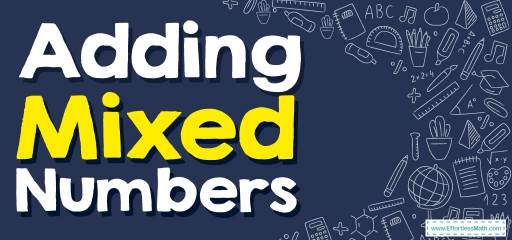
Fractions greater than \(1\) are usually represented as mixed numbers. In this case, the mixed number consists of an integer part and a standard fraction less than \(1\). The integer part is the same as the quotient part; the fraction’s numerator is the remainder of the division, and the fraction’s denominator will also be the divisor.
Related Topics
- How to Simplify Fractions
- How to Multiply and Divide Fractions
- How to Subtract Mixed Numbers
- How to Multiply Mixed Numbers
- How to Divide Mixed Numbers
Step-by-step Guide to Adding Mixed Numbers
The addition of mixed numbers is very similar to the addition of integers and has two forms:
1- Adding mixed numbers when their denominators are the same:
Adding mixed numbers when the denominators of fractions are the same is always simple.
- Step 1: Add the integers together.
- Step 2: Add the numerator of the fractions together.
- Step 3: If the sum of fractions becomes an improper fraction, convert it to a mixed number and write the answer.
2- Adding mixed numbers when their denominators are different:
The most difficult type of addition of mixed numbers is when the denominators of the fractions are different.
- Step 1: Add the integers together.
- Step 2: Add the fractions together: In this section, you must first find the Least Common Denominator (LCD), and then you can add the numerator of the fractions together.
- Step 3: If the sum of fractions becomes an improper fraction, convert it to a mixed number and write the answer.
The Absolute Best Books to Ace Pre-Algebra to Algebra II
Adding Mixed Numbers – Example 1:
Add mixed numbers. \(1 \ \frac{1}{2} \ + \ 2 \ \frac{2}{3}=\)
Solution:
Rewriting our equation with parts separated, \(1+\frac{1}{2}+2+\frac{2}{3} \),
Solving the whole number parts \(1+2=3\),
Solving the fraction parts \(\frac{1}{2}+\frac{2}{3}\), and rewrite to solve with the equivalent fractions.
\(\frac{1}{2} + \frac{2}{3}\)\(=\)\(\frac{(1)({3} ) \ + \ (2){(2} )}{2 × 3} =\frac{3 \ + \ 4}{6}=\frac{7}{6} =1 \ \frac{1}{6} \), then combining the whole and fraction parts \(3+1+\frac{1}{6}=4 \ \frac{1}{6}\)
Adding Mixed Numbers – Example 2:
Add mixed numbers. \(2 \ \frac{1}{4} \ + \ 1 \ \frac{2}{5}=\)
Solution:
Rewriting our equation with parts separated, \(2+\frac{1}{4}+1+\frac{2}{5} \),
Solving the whole number parts \(2+1=3\),
Solving the fraction parts \(\frac{1}{4}+\frac{2}{5} \), and rewrite to solve with the equivalent fractions.
\(\frac{1}{4} + \frac{2}{5}\)\(=\) \(\frac{(1)({5} ) \ + \ (2){(4} )}{4 × 5} =\frac {5+8} {20} =\frac {13} {20}\) , then combining the whole and fraction parts \(3+\frac{13}{20}=3 \ \frac{13}{20}\)
Adding Mixed Numbers – Example 3:
Add mixed numbers. \(1 \ \frac{3}{4} \ + \ 2\ \frac{3}{8}=\)
Solution:
Rewriting our equation with parts separated, \(1+\frac{3}{4}+2+\frac{3}{8} \),
Solving the whole number parts \(1+2=3\), Solving the fraction parts \(\frac{3}{4}+\frac{3}{8}\), and rewrite to solve with the equivalent fractions.
\( \frac{3}{4} \ + \frac{3}{8}=\) \( \frac{(3 × 2) \ + \ 3}{8} \)\(=\frac {6+3} {8} =\frac{9}{8}=1 \ \frac{1}{8}\) , then combining the whole and fraction parts \(3+1+\frac{1}{8}=4 \frac{1}{8}\)
The Best Book to Help You Ace Pre-Algebra
Adding Mixed Numbers – Example 4:
Add mixed numbers. \(1 \ \frac{2}{3} \ + \ 4\ \frac{1}{6}=\)
Solution:
Rewriting our equation with parts separated, \(1+\frac{2}{3}+4+\frac{1}{6 }\),
Solving the whole number parts \(1+4=5\), Solving the fraction parts \(\frac{2}{3}+\frac{1}{6 }\), and rewrite to solve with the equivalent fractions.
\( \frac{2}{3} \ + \frac{1}{6}=\) \( \frac{(2 × 2) \ + \ 1}{6} \)\(=\frac {4+1} {6} =\frac{5}{6}\) , then combining the whole and fraction parts \(5+\frac{5}{6}=5 \ \frac{5}{6}\)
Exercises for Adding Mixed Numbers
Add.
- \(\color{blue}{4 \frac{1}{2} + 5 \frac{1}{2}}\)
- \(\color{blue}{2 \frac{3}{8} + 3 \frac{1}{8}}\)
- \(\color{blue}{6 \frac{1}{5} + 3 \frac{2}{5}}\)
- \(\color{blue}{1 \frac{1}{3} + 2 \frac{2}{3}}\)
- \(\color{blue}{5 \frac{1}{6} + 5 \frac{1}{2}}\)
- \(\color{blue}{3 \frac{1}{3} + 1 \frac{1}{3}}\)
Download Adding and Subtracting Mixed Numbers Worksheet
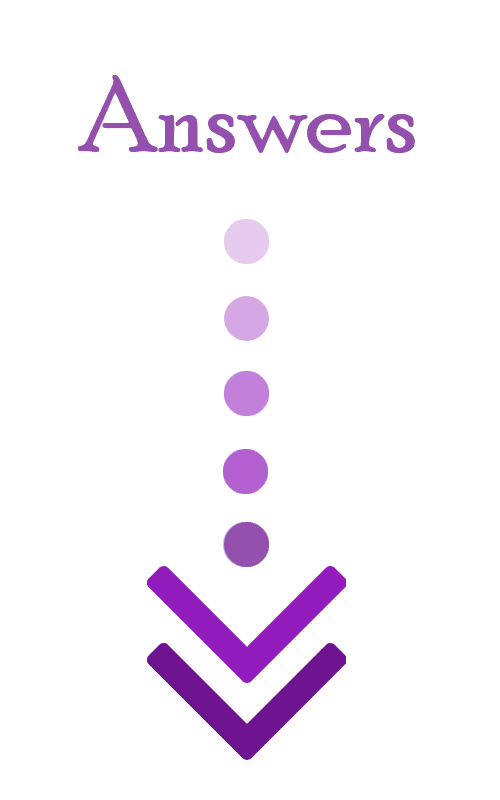
- \(\color{blue}{10}\)
- \(\color{blue}{5\frac{1}{2}}\)
- \(\color{blue}{9\frac{3}{5}}\)
- \(\color {blue}{4}\)
- \(\color{blue}{10\frac{2}{3}}\)
- \(\color{blue}{4\frac{2}{3}}\)
The Greatest Books for Students to Ace the Algebra
Related to This Article
More math articles
- Best Calculator For 8th Grade Students
- FTCE General Knowledge Test Review
- 10 Most Common 8th Grade ACT Aspire Math Questions
- How to Find the Perimeter of Right-Angled Triangle?
- What Kind of Math Is on the TABE Test?
- How to Simplify Ratios? (+FREE Worksheet!)
- How to Find The Derivative of A Function
- Where to Go to Get Math Homework Help Quickly and Effectively?
- Using Number Lines to Represent Rational Numbers
- 6th Grade ACT Aspire Math Practice Test Questions




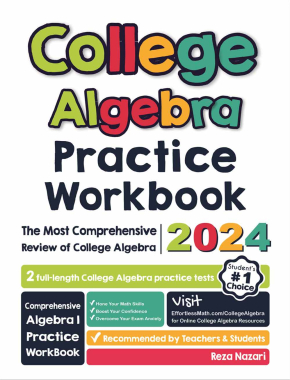





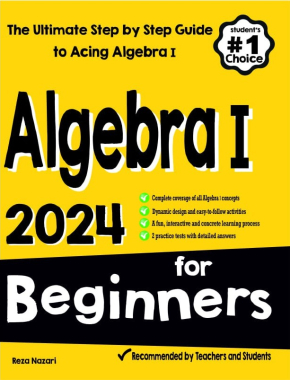

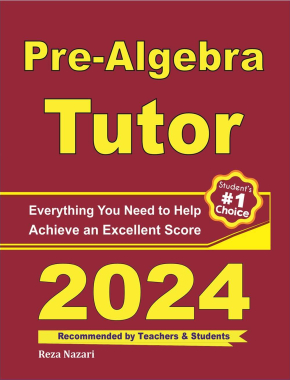

What people say about "How to Add Mixed Numbers? (+FREE Worksheet!) - Effortless Math: We Help Students Learn to LOVE Mathematics"?
No one replied yet.